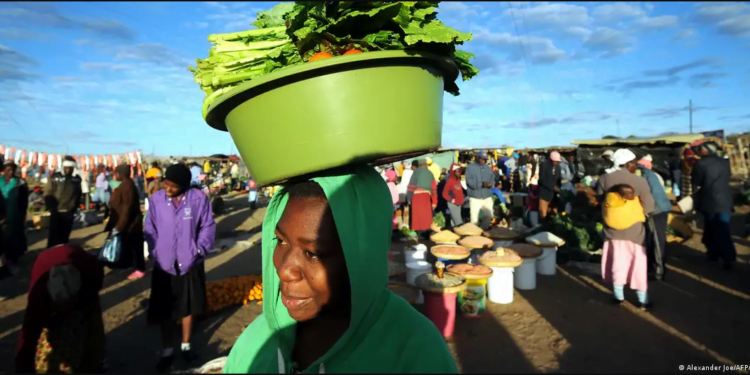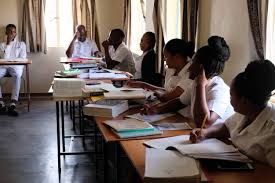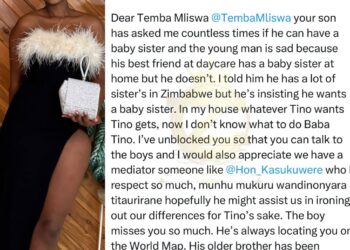WOMEN comprise 54% of Zimbabwe’s population, but one can hardly tell from the country’s new cabinet.
President Emerson Mnangagwa appointed his new cabinet earlier this week, retaining many of his old members and including several young members of his ZANU-PF party, including his son, Kudakwashe. More significantly, he gave men the lion’s share of ministerial positions — out of the 26 ministers, only six are women.
Madrine Chiku, the chairperson of the Women’s Coalition in Zimbabwe, told DW that women remain underrepresented in decision-making.
“I am not very pleased with the [cabinet] outcome,” Chiku said, stressing that there were very few women appointments. “When we look at the presidium, we do not have any representative.”
She pointed to Section 17 of Zimbabwe’s constitution, which calls for the state to promote full gender balance and rectify gender discrimination in Zimbabwean society. She said having a woman in the presidium and more women in the cabinet would have been ideal.
“But we don’t see this happening, and we continue to experience the suppression of women in occupying decision-making portfolios.”
About 52% of Zimbabwean voters in the August 23 election were womenImage: Siphiwe Sibeko/Reuters
No female vice president for Zimbabwe
Linda Masarira, the founder of the opposition Labour, Economists and African Democrats (LEAD), told DW she is concerned about the absence of a female vice president.
“Section 17 of the Constitution of Zimbabwe has been violated yet again as the women appointed only constitute 26% of the cabinet ministers,” Masarira said, adding that this happened even though women constitute 52% of the voting population in Zimbabwe.
“As a pan-African feminist transformation leader, I demand 50-50 in all organs of the state as enshrined in the Constitution of Zimbabwe. Arise, women of Zimbabwe, arise!”
Mnangagwa shrugs off critics
Mnangagwa, declared winner of August’s disputed general election, wants the cabinet to stir Zimbabwe from its economic crisis as he serves his full second and final term.
When asked if he felt any pressure from gender activist organizations to increase the number of women in his cabinet, the 80-year-old responded with laughter.
“Some names can be female, some can be surnames. Some can be male or female,” Mnangagwa mused. “So I am just making it very clear: No pressure, clarity. The demand is that of clarity.”
President Mnanagagwa seems unfazed by his critics for appointing a male-dominated cabinetImage: Jekesai Njikizana/AFP via Getty Images
According to Alexander Rusero, a politics professor at the Africa University in Zimbabwe, the cabinet is nothing short of power consolidation.
“That is serious in issues of gender equality and gender equity. Politics in Africa in general and Zimbabwe in particular is still pretty much patriarchal,” Rusero told DW.
“The women that are appointed are actually men’s women. They are not women appointed or married or on their own terms.”
Rwanda leads the world in women’s representation in politics
The Inter-Parliamentary Union (IPU), a global organization of national parliaments, collected data in 2023 showing that women are underrepresented at all levels of decision-making worldwide and achieving gender parity in political life is far off.
Nevertheless, over 60% of the seats in Rwanda’s national parliament were held by women as of December 2022. The country is ranked first globally, with the highest proportion of women in parliament.
Other African nations, such as Senegal, South Africa, Namibia, and Mozambique, have a progressive record regarding women’s political representation.
In 2018, Ethiopian Prime Minister Abiy Ahmed was praised for appointing a 50-50 gender-balanced cabinet. However, the number of seats held by women in parliament as of 2022 dropped to 41.3%.
Women tend to lead policy areas related to gender equality, human rights, and social affairs, while men dominate policy areas like defense and economy.
Source NewZimbabwe









